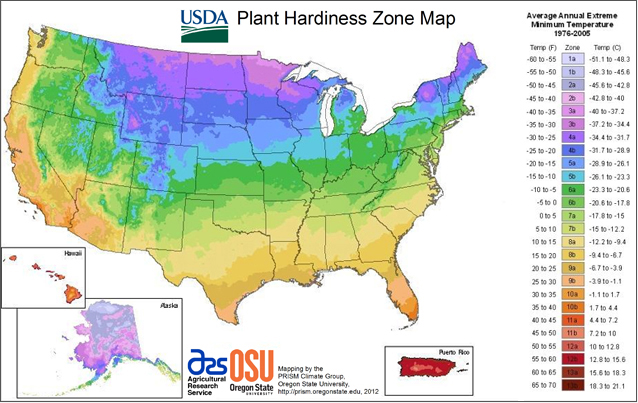Zinnia Seeds - California Giants - Zinnia elegans
- Regular price
- $4.99
- Unit price
- per
-
Zinnia elegans - Non-GMO, Open-Pollinated, Heirloom, Untreated
-
Massive, Colorful Blooms: Known for their exceptionally large, vibrant flowers that can reach up to 5 inches in diameter, creating a stunning visual display in any garden.
-
Long-Lasting Cut Flowers: With their sturdy stems and durable petals, these zinnias are a top choice for creating beautiful bouquets and floral arrangements that last for days.
-
Attracts Pollinators: The bright, daisy-like flowers are a magnet for bees, butterflies, and hummingbirds, supporting local ecosystems and bringing life to your garden.
-
Easy and Fast Growing: From seed to bloom in just 60-75 days, these plants are perfect for new gardeners or anyone looking for a quick and rewarding floral payoff.
-
Continuous Blooming: A "cut-and-come-again" flower, the more you harvest, the more it produces, providing a steady supply of blooms from early summer until the first frost.
-
Drought Tolerant: Once established, California Giant Zinnias are highly tolerant of heat and dry conditions, making them a low-maintenance and reliable choice for warm climates.
USDA Hardiness Zones
USDA Hardiness Zones

Planting Tips
Planting Tips





